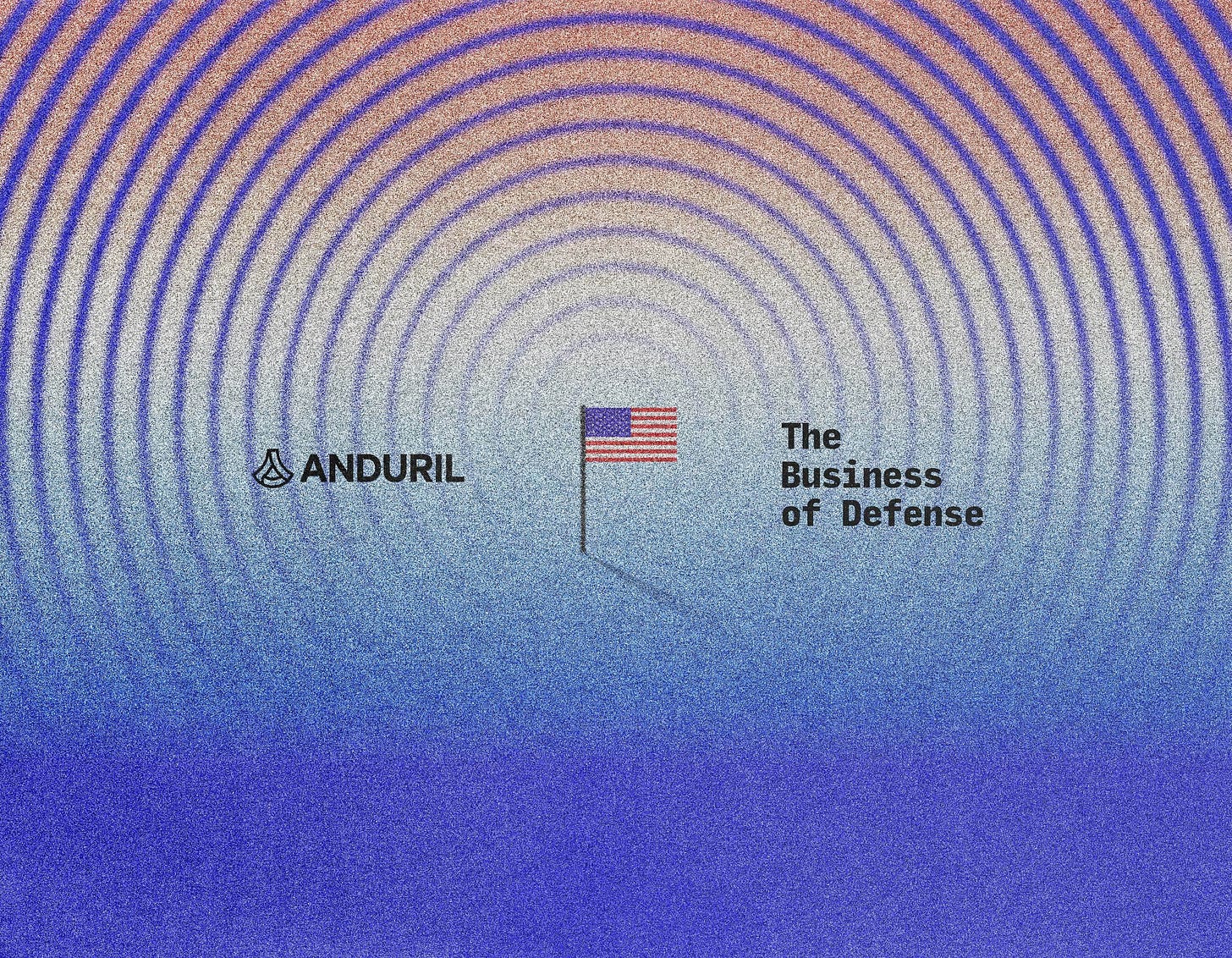Anduril: The Business of Defense
The weapons manufacturer has scaled revenue at record speeds, reaching a rumored valuation of more than $7 billion. It may be one of the most important companies of our era.
Actionable insights
If you only have a couple of minutes to spare, here's what investors, operators, and founders should know about Anduril.
A new prime. The “Big Five” prime contractors dominate the American defense industry. Lockheed Martin, Boeing, Raytheon, Northrop Grumman, and General Dynamics have monopolized the industry for decades, hoovering up …

